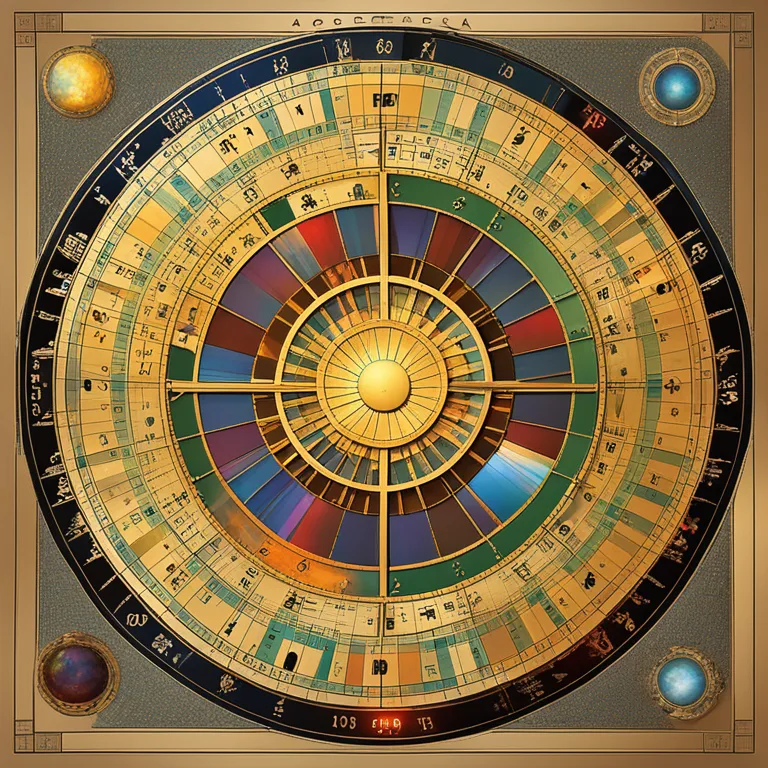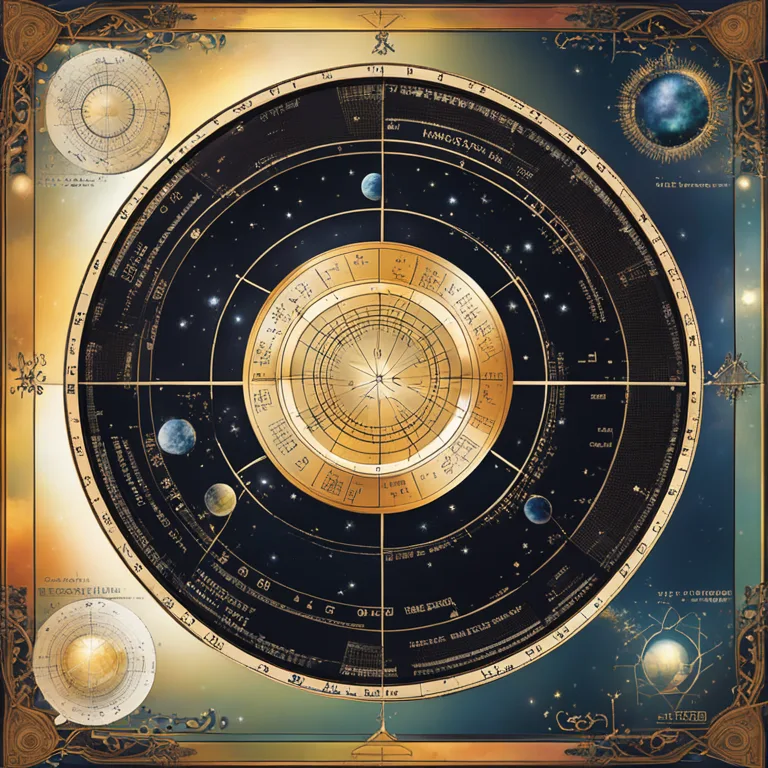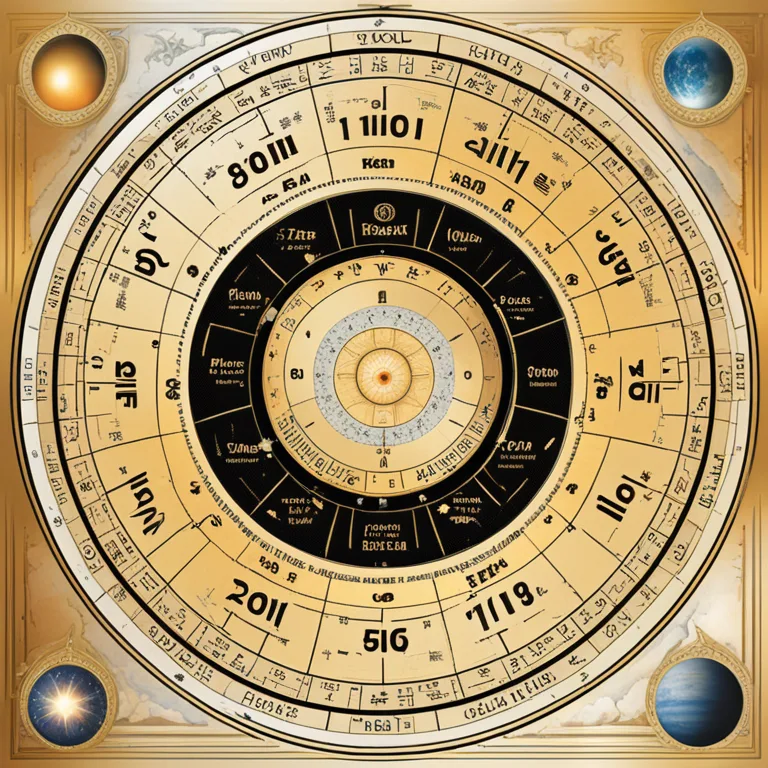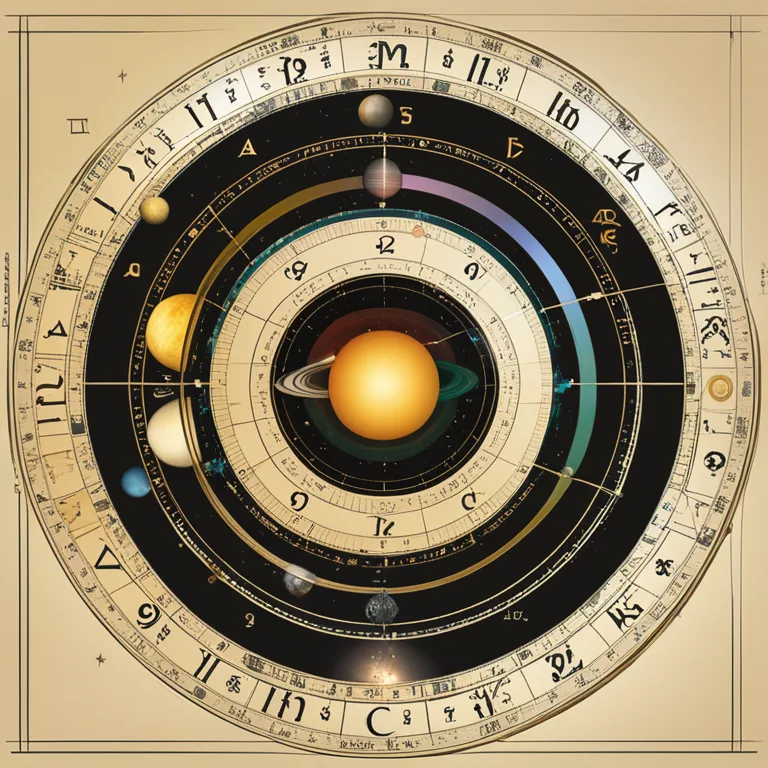
Unlocking The Secrets: Is Your Birth Chart Immutable?
Discover whether a birth chart can change over time and what it means for astrological readings.
article by Priya Deshmukh
A birth chart, also known as a natal chart, is a celestial snapshot of the positions of the planets at the exact moment of your birth. This astrological chart is used to interpret various aspects of your personality and life path. Unlike the ever-changing cosmic climate that influences our daily lives, a birth chart is considered a permanent guide. It offers insights derived from the placement of the planets in the zodiac at the time of your birth, and this celestial alignment is unique and unalterable because it's tied to a historical point in time.

Do natal charts change? The simple answer is no. Once established, your birth chart remains the same throughout your life. It serves as a personal map that astrologists use to delineate your fundamental characteristics, strengths, and challenges. The main principle here is that while the planets and celestial bodies continue to move and interact with each other, the birth chart stands as a constant reference point. It's akin to a cosmic DNA—an imprint that doesn't alter with time.

Though your natal chart stays the same, astrologers often refer to a progressed chart to understand evolving tendencies. A progressed chart is a method of moving your birth chart forward, symbolizing personal growth and development. This type of chart considers the motion of the planets after your birth and advances the chart in correspondence with your age. While not changing the birth chart itself, it provides additional layers of understanding regarding current experiences and life stages.

To capture the dynamic nature of our existence, astrologers track the transits of planets. Transits refer to the positions of the planets at any given point in time after your birth and how they 'transit' or move across the positions in your natal chart. These movements can have influences that trigger events, emotional responses, and life developments. By studying both the birth chart and ongoing transits, astrologers can offer insight into the timing and nature of experiences you may encounter.

Apart from progressions and transits, other predictive techniques like secondary directions and solar returns are also used. Secondary directions involve moving the planets' positions very slowly, often at the rate of one degree per year akin to a 'day for a year' theory. On the other hand, a solar return chart is cast annually, based on the time the Sun returns to the exact position it occupied at your birth. Both of these methods provide additional perspectives on how a person's year might unfold, without changing the original birth chart.
Furthermore, some astrologers integrate the concept of biorhythms—which studies periodic biological cycles—to enhance their understanding of an individual's personal timing and energy cycles. While biorhythms are a separate practice from astrology, they can complement a birth chart reading by providing an additional dimension to the astrological analysis. These rhythms are said to impact our physical, emotional, and intellectual states and can be calculated based on your birth data.
Knowing that your birth chart doesn't change gives it a sense of sacred permanence in the otherwise fluctuating cosmos. However, it's also clear that life is not stagnant, and thus, various astrological techniques help to interpret the ongoing cosmic dance that participates in our daily lives. So while your birth chart remains your unique celestial imprint, the tools of progressed charts, transits, secondary directions, and solar returns allow astrologers to weave the unfolding story of your life's journey.
Published: 12/22/2023
Modified: 12/22/2023
More predictions
Come back here soon to learn more about yourself and your future



